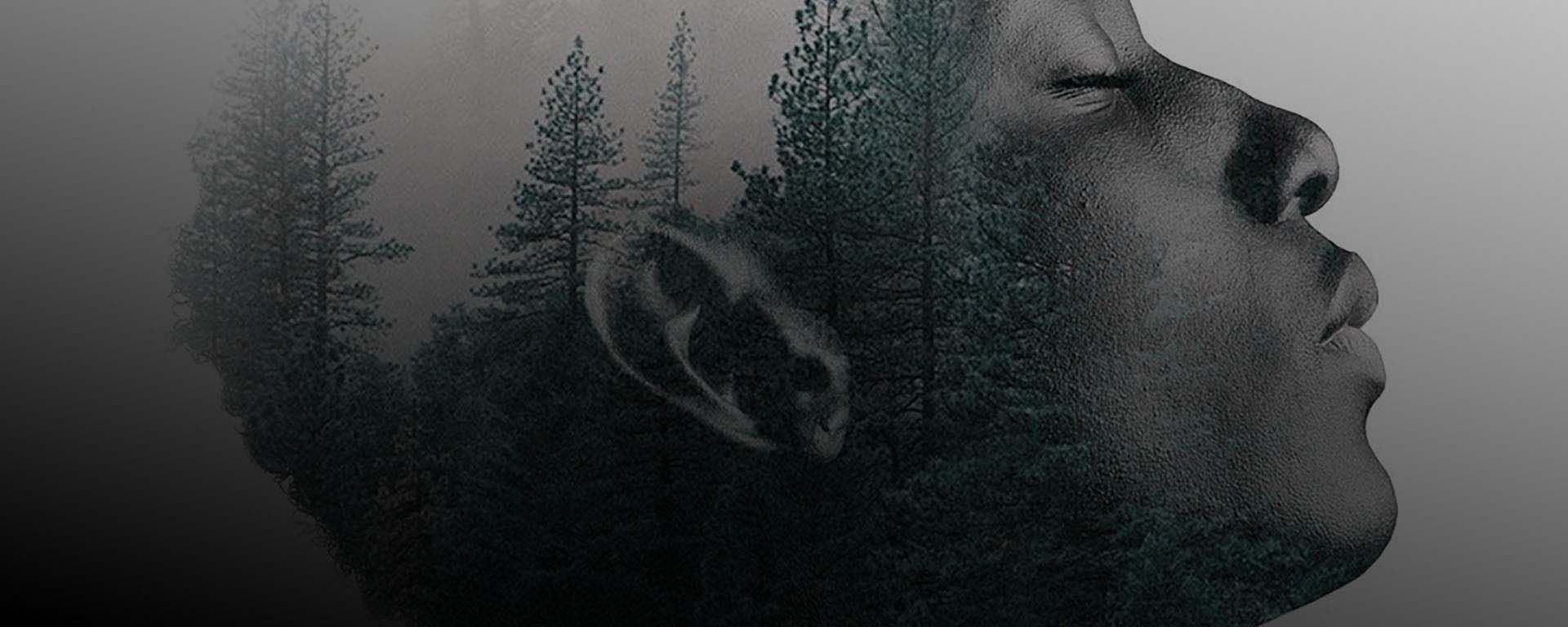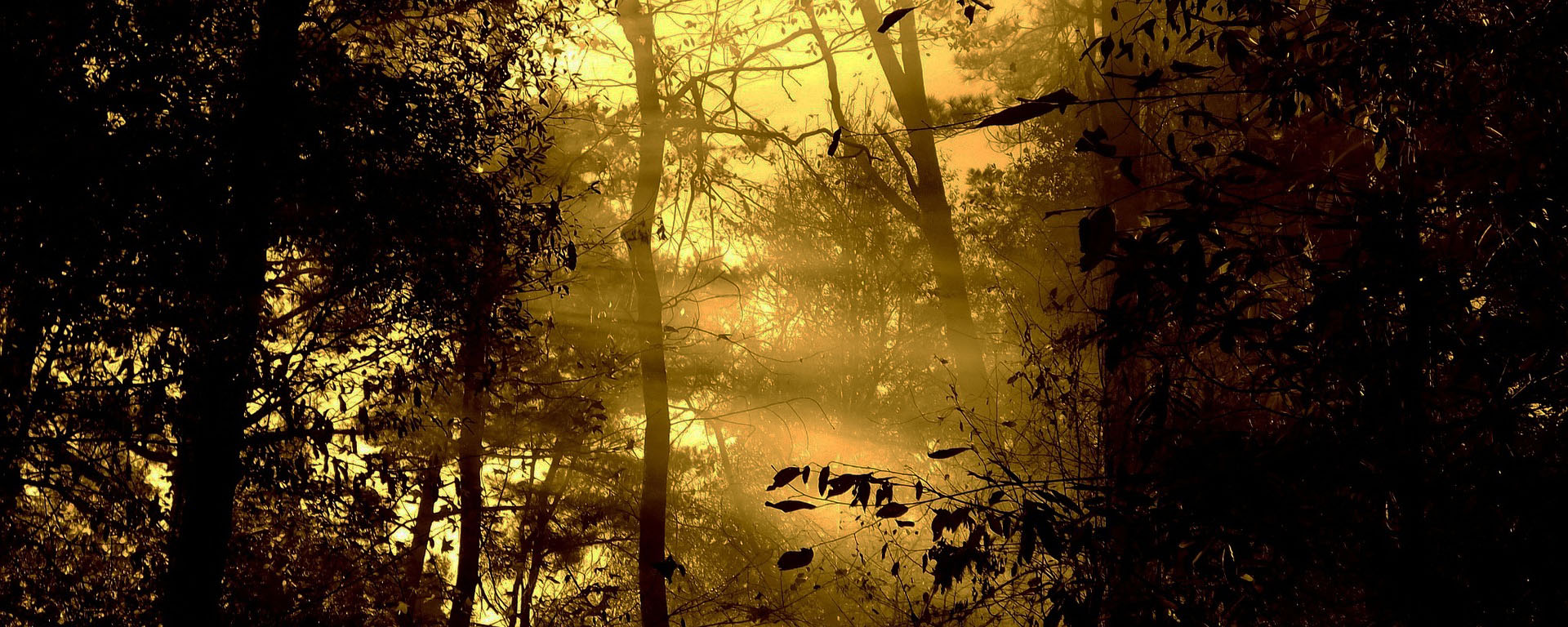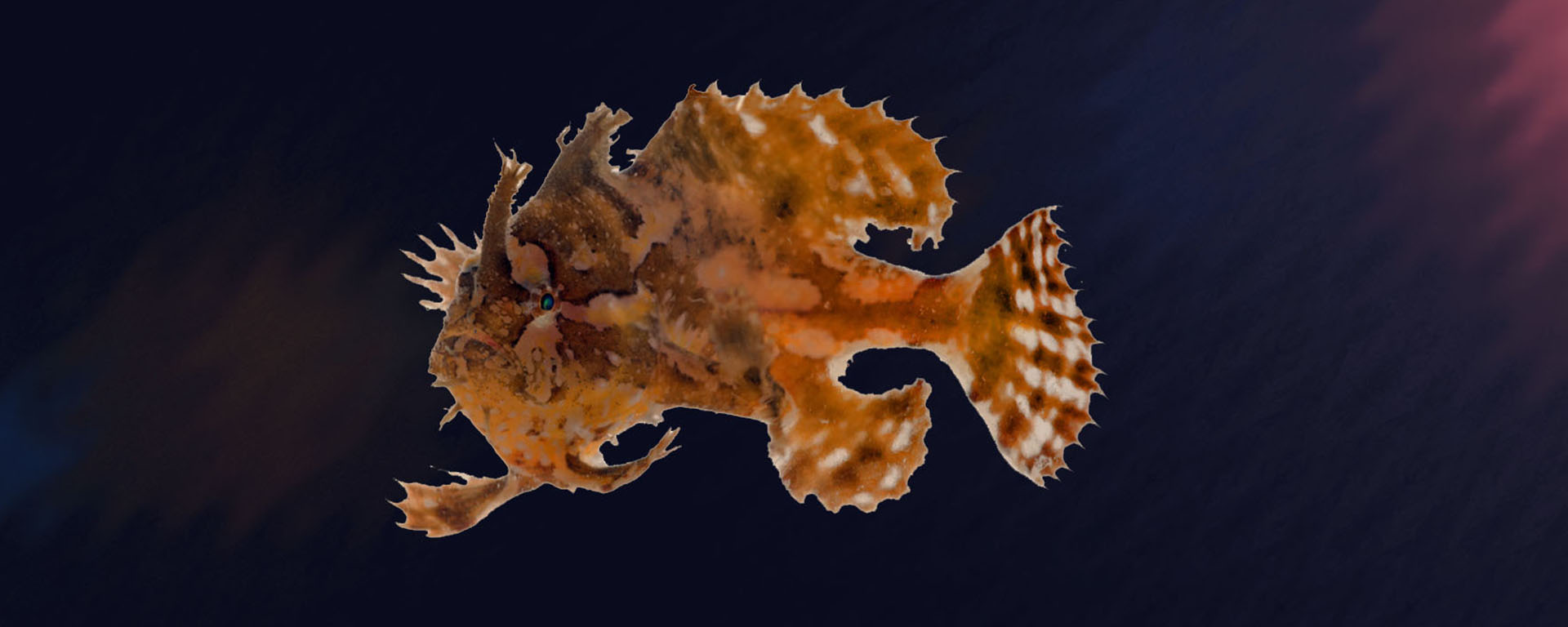And this man is now become a god.
– Shakespeare
Poetically, dwells anthropos on this Earth.
– Hölderlin
The matter of misanthropy never seems to go away, ever raising its head whether as defiant affirmation or bitter accusation. Some people take pride in being misanthropes. Others are forced to suffer the charge. Deep greens are regularly suspected of misanthropy. Indeed some (a minority) readily avow it. This encourages the label to be applied to all.
The question that begs asking, however, is What does misanthropy mean? For it to mean something specific presupposes that we know something specific about “anthropos” that is repugnant or even loathsome. What might this offensive thing be? Some would readily retort: Humans are destructive. The claim that “humans are destructive” is an abbreviation for “human nature is destructive.” It certainly looks that way but to leave the matter at that is lazy thinking.
Is human nature destructive? Or have human beings indoctrinated themselves into a belief system that is destructive? The quandary is worth pursuing even if it yields no conclusive answer.
A starting point for the inquiry is something we can say with certainty: Humanity acts out of a belief system that is extremely destructive. Green thinkers have diagnosed that belief system as the ingrained idea that the human is supreme, the exceptional lifeform that rightfully runs the show on Earth. The reason that the supreme-human idea is destructive has a lot to do with its flipside: Everything not human is imaged as diminished-by-comparison and vacated of inherent significance. Thus, simultaneously with exalting anthropos, the supreme-human idea disparages the nonhuman world—or more precisely, profanates it.
To profanate a being (or an entity) is to render it abject, vacant of subjective experience, or void of intrinsic worth. This construction grants license to treat it in any manner whatsoever, including with pointed or offhand violence. A poster case of a profanated being in our time is the chicken. Chickens (of industrial operations most especially) count among the most wretched of the Earth in the ways they are genetically and physically denatured, processed, killed, and exterminated. Relatedly, they are stereotyped as stupid and vacuous; pictured as nothing. At a population of some 30 billion, these abased beings now account for 70 percent of Earth’s avifauna. Chickens are speedily turned over into a favorite food among industrial consumers, who apparently have no problem finding profanated flesh tasty and even healthy to eat.
The profanation of nonhuman nature serves to place it at human disposal or in reserve for any use, however unnecessary, wasteful, capricious, mindless, callous, or evil. To decree the nonhuman realm as “lower,” to repudiate its self-standing, to project it upon the screen of existence as profane: The philosophical concept for this type of conceptual maneuver is nihilation, defined as “encasing beings in a shell of nonbeing.” The nihilation maneuver exercised by the supreme human goes one step beyond: It encases beings in a shell of nonbeing and then erases the act of having done so, making it appear as if beings are encased in a shell of nonbeing as their original condition.
Nihilating an entity transmits a mental construct of it as quasi nothing, or more subtly shaded, as merely something. Nihilation permits the committing of crimes that have been decreed in advance as non-crimes. Wildlife extermination operations, for example, are grounded in nihilation tactics. (Nihilating a wolf or a dingo with the label pest enables their killing.) Pragmatically, nihilation is an expedient maneuver because it hides violence—the violence unleashed upon nonhuman beings and world—from consensus reality. Consensus reality pretends that the violence isn’t happening because you cannot “really” do violence to a nihilated being or entity—one without any intrinsic qualities to speak of. The ominous work of nihilation is captured, for another example, in the insolent assertion: It’s just an animal! Take a moment to feel into the layers of nihilation that assertion expresses and authorizes.
The sweep of the nihilating machinations of the supreme human is chilling. What can be done to bulls and cows by artificial insemination to mass-produce dairy? What can be done to coyotes and foxes for sport? What can be done to the global ocean for shrimp, tuna, oil, or “the green economy”? What can be done to farm animals for “protein”? What can be done to owls to “save owls”? What can be done to grasslands and estuaries to crank out the industrial food that is the lynchpin of human overpopulation? What can be done to whales in the name of tradition? What can be done to rainforests and pigs to mass-produce pork? Etc.
Gouging the seabed, emptying the seas, flooding the planet with fertilizers, etching the globe with roads, building supersized industrial parks for carbon-spewing and water-guzzling AI, mass exterminating insects, bombing the Moon to find out “if the moon has water”—anything goes. Nihilation tactics abnegate the self-standing of beings and places, turning them into sort-of-nothing, so that the supreme human can exercise unbounded jurisdiction. Nihilation produces and requires loss of human sight, rendering the populace blindly submissive to interminable acts of vandalism inflicted upon a profanated world.
Forced to carry the dark load of nihilation/profanation, humanity strains and staggers under the weight of it. This human plight is harrowing enough, but more terrible is the human plight of not knowing the dismal plight it labors under.
What nihilation does to the human mind is to reflect in it the world as “mere matter” and living beings as “merely living.” The insidious meme of mereness underwrites the desolation of the Earth and foreshadows the extinction of the human.
The hegemonic view of the world as merely-composed-of-matter permits pollution to be unleashed galore. For mere matter is, in a way, an already contaminated thing; matter is contaminated by its mereness. Consider the case that upward of 9.4 million tons of glyphosate are sprayed annually worldwide. Glyphosate’s common name, Round Up, is a household word. This has a lot to do with the fact that glyphosate is showing up everywhere, including the rain. Glyphosate is discharged purposely into the biosphere; it’s not an “externality,” it is designed to kill. It is a carcinogen and gut destroyer. Slayer of the Monarch butterfly race. Killer of estuary aquatic vegetation (into which glyphosate dumps) and of the beings who live(d) there.
Earth’s toxification is undergirded by the reigning view of the mereness of matter, for that view turns glyphosate (etc.) into an unremarkable thing. An already profane world is easily subjectable to more profanity—it is not anything noteworthy let alone something to invoke dismay. The unremarkability of profanating the world has no limits, it extends to the fact that when research disclosed that 70 to 90 percent of industrial eaters have glyphosate in their urine, the finding was simply not noticed. (Microplastics in the semen and brains of humans presents another notable unnoticed example.) For the mereness of matter extends (surprise) to the human body, which inexorably reflects the mereness of soil and the mereness of the contaminated food it makes.
The shared image of matter’s mereness allows humanity to settle for contaminated and unethical fare, to indulge in the nonchalant eating of “food” that truly deserves to be scarequoted. The mereness image also echoes in the crass slogan “to feed the world” trumpeted as virtuous imperative. Like the “live-stock” that humanity has overpopulated the planet with, humans are to be fed not nourished. Understandably the supreme human has dimwittedly forfeited nourishment, for nourishment cannot actually be procured in a world that’s been profanated.
The supreme human has reconfigured nonhumans as “merely living,” adding to the menu the ingestion of tortured animals and the pollutants they’re filled with (pesticides, antibiotics, chemical additives, etc.). What’s widely for breakfast, lunch, and dinner. What’s on the menu is called “protein”—which has a ring of mereness about it—and no more attention is paid to the matter. But one matter, among many, to think about is this: The toxification of planet and the violence inflicted on living beings, enabled by the circulating nihil thoughtforms of mere-matter and merely-living, portend acute epidemiological breakdown (concurrent multi-causal and multi-faceted morbidity and mortality) across nonhuman and human worlds. Before the calamity of disease dawns on a scale that cannot be swept under the rug, all manner of human vice will keep burgeoning. For a simple reason: Profaning the other rebounds onto profaning the self, profaning the world debases the human.
Before losing track of the topic regarding misanthropy let’s draw a candid conclusion: What’s there to loathe about anthropos that’s more deserving of pity? The supreme human is destroying the nonhuman world—that he’s profanated/nihilated in exchange for blind and unlimited pseudo-power—and, as a result, humanity is plunging toward self-destruction. Poet Judith Wright nicely nails the underlying karma: “We are ruined by the thing we kill.” One way, or another.
Circling back to the opening question: Is the “supreme human” the same as “human nature”? But what kind of nature would orchestrate wholesale destruction including its own? For life does not act thus but is willfully intent on survival and better yet on flourishing.
The essence of life is to preserve and to enhance its multifaceted interdependent expressions. Life tends to retain big blueprints (like kingdoms and phyla) while continually diversifying into new lifeforms (species, subspecies, varieties) and burgeoning as abundances and variety of relations (ecosystems, trophic cascades). As a result, biodiversity grows and fractilizes over time. Many people think that biodiversity refers to numbers of species. It doesn’t. It means the variety of life at all levels–ecological, species, genetic. But even that broader view hardly cuts it. Biodiversity also includes the variety of ecotones (where ecosystems meet), niches (of all sizes and types), populations, animal cultures and behaviors, animal migrations in every Earth medium, natural shapes (like leaf and shell patterns), soils, inanimate-animate fusions (like coral reefs), species symbioses (like lichen), life’s orchestral soundscapes, and more.
Biodiversity is life’s incalculable extravaganza. All of it is endangered by the supreme human.
Biodiversity is cornerstone and product of evolution, for the multilevel diversity of life is the material that evolution utilizes and creates. Biodiversity is thus life’s manifested essence in appearance and proclivity. Diversity nourishes all life by creating a shared home of abundant forms, nutrients, relations, habitats, climates, and vitality. As an example, in his book The Hidden Life of Trees, Peter Wohlleben writes that, “A tree is as strong as the forest that surrounds it.” Why? Because the forest trees (even of different species) support one another, and of course the forest also supports a great variety of other lifeforms from deep understory through canopy. So why would there emerge a nature (human nature) that destroys life’s diversity? It doesn’t make any sense.
Something occurred in the course of history that robbed anthropos of vision. What took hold was the supremacist creed: that the human is in charge; that humans own everything; that the human possesses absolute power over the nonhuman; that humans have prerogative to encroach upon and control all geographical space. In brief, the belief system of human supremacy authorized anthropos to exercise tyranny over planet Earth. In tandem, human-supremacist societies demolished enclave after enclave of indigenous humans (nihilating them as well with labels such as “barbarians” and “savages”), thereby erasing views alternative to, and subversive of, the supreme-human creed. Human supremacy emerged victorious after crushing both indigenous humans and nonhuman worlds—a twofold nonstop military campaign exhibiting a singular atrocious violence.
As human supremacy spread and took root, the human started to image itself as godlike. That notion prevailed early. For example, King Gilgamesh, protagonist of one of the earliest epics of humankind, was said to be three-quarters divine and one-quarter human. The king-god connection got underway with the emergence of civilization and has endured unbrokenly in the course of history.
Yet far more hubristic and consequential than the king-god connection, anthropos became “god” at the level of archetype as the specter of Mangod infiltrated and infected the masses. To say that anthropos became god at the level of archetype means that human identity became portrayed and performed as godlike. In short order, the human became the lifeform to lord over everything. The warped role of the human as overlord has been passed down hundreds of generations. In parallel with rehearsals of intergenerational human traumas (abuse, war, genocide), supreme anthropos has been desecrating nonhuman nature and beings for a long time.
For millennia, civilized humanity has rehearsed the god archetype so ostentatiously at the level of thought and so pervasively at the level of action that human beings have convinced themselves that they are a sort of god incarnate. So duped has the human become by its “godlike” historical stagecraft that today the emergent movement of transhumanism pledges to carry the Mangod banner boldly forward. Here’s how author Andrew Becker summarizes transhumanist, plushily financed fantasies: “Minds uploaded into computers to live for all eternity in a silicon paradise, watched over by a benevolent god-like AI; a ceaselessly expanding empire spanning the stars, disassembling planets, and consuming galaxies; all needs satisfied, all fears assuaged, all desires sated through the power of unimaginably advanced technology.” The debacle of Mangod, waxing oracular.
Notwithstanding our moment of polycrisis reckoning, the god complex continues to echo unrepentant in the halls of philosophy, religion, the sciences, the humanities, technology, and (of course) the pundit-sphere, business & politics. Which recalls that there’s an antonym to the word misanthropy, as widely displayed as it is rarely used. Anthropolatry is brandished about as righteous, regarded as socially commendable if not obligatory. Its meaning, as Merriam-Webster captures it, taps into the deification of the human. Anthropolatry receives society’s seal of approval for it enacts the conviction that anthropos is the lifeform to bow down to, the one that by all means should continue expanding over the Earth, and beyond, using beings, using things up, elbowing the nonhuman world out of existence.
So let’s contemplate this matter of anthropolatry, sanctimonious veil over the god complex: What is there to worship about anthropos that’s more deserving of pity? For the supreme human is nihilating and annihilating life on Earth, exposing the hideousness and hollowness of all godlike pretensions.
Could humanity choose to drop the mask of Mangod, rousing ourselves to the grace of a shared home cocreated so marvelously by life’s symphony? What extraordinary journeys await human beings, were anthropos to turn and see the luminous self-being of all that is here?
A standard, cynical view disbelieves that a change of heart into an awakened humanity is possible. To many it seems implausible that humans would ever voluntarily renounce the domination of nature. If this is the case—and humanity cannot be thus transformed—then the question of whether the culprit of Earth’s demolition is “human nature” or “human supremacy” is moot, or no more than an academic contention.
But let’s give the last word to an altogether different view, offered by the poet who wrote: Nothing that lives and loves here abandons faithfulness. Living and loving here means never abandoning faithfulness to all who are here with us. From this it follows (whether it becomes reality or not) that choosing to free Earth, ourselves, and all beings from human tyranny is our own homecoming, and therefore the action of the Real Human.
Sources
Becker, Adam (2025). More Everything Forever: AI Overlords, Space Empires, and Silicon Valley’s Crusade to Control the Fate of Humanity. Basic Books.
Butler, Judith (1988). “Performative Acts and Gender Constitution: An Essay in Phenomenology and Feminist Theory.” Theatre Journal 40(4): 519-531.
Heidegger, Martin (2012). Contributions to Philosophy (of the Event). Indiana University Press.
Hölderlin, Friedrich (1990). “Homecoming.” In Friedrich Hölderlin: Selected Poetry. Bloodaxe Books, 99-102.
Mitchell, Stephen (2004). Gilgamesh. (A New English Version.) Atria.
Shakespeare, William (1918). Julius Caeser. Yale University Press.
Wohlleben, Peter (2018). The Hidden Life of Trees: What they Feel, How they Communicate. Greystone Books.
Latest Blog
-
 Regarding misanthropy 11 July 2025
Regarding misanthropy 11 July 2025 -
 Mirror, mirror on the wall… (eco-hacking AI) 12 April 2025
Mirror, mirror on the wall… (eco-hacking AI) 12 April 2025 -
 WITNESS: Tiger magic 24 March 2025
WITNESS: Tiger magic 24 March 2025 -
 The secret garden 20 December 2024
The secret garden 20 December 2024 -
 WITNESS: Tales from the Sargasso Sea 24 October 2024
WITNESS: Tales from the Sargasso Sea 24 October 2024



